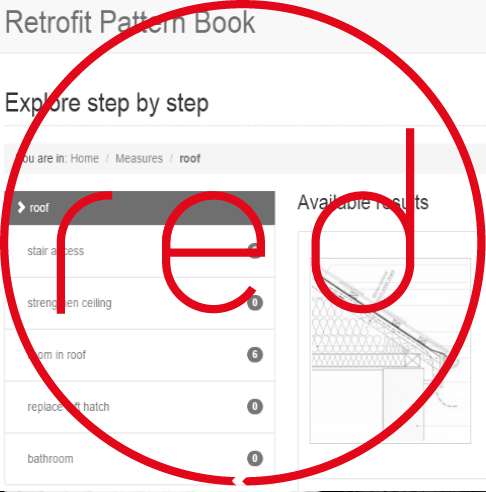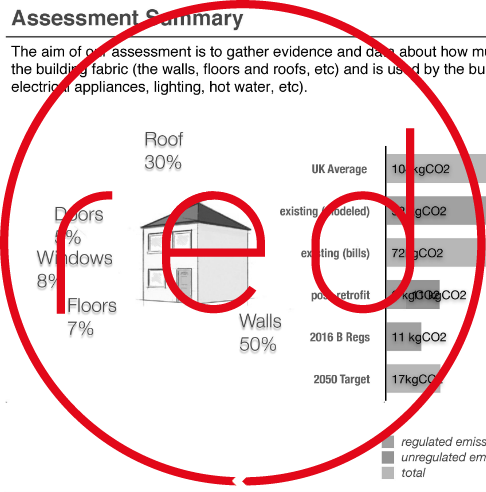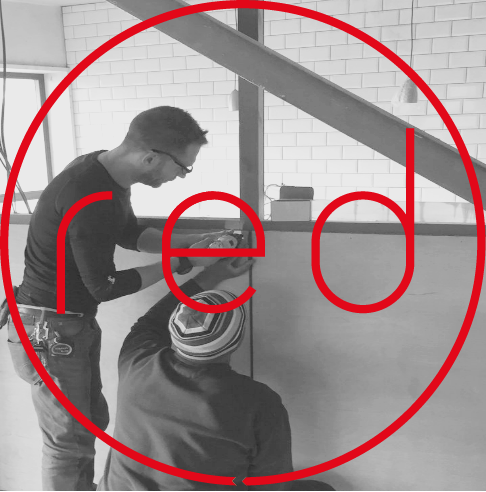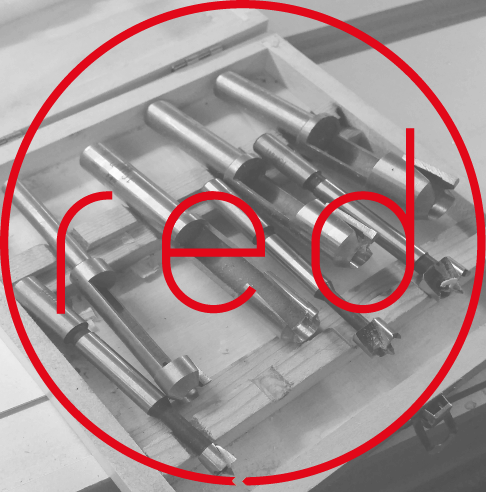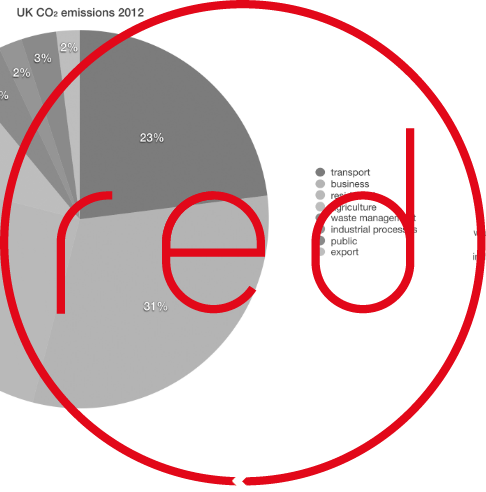services
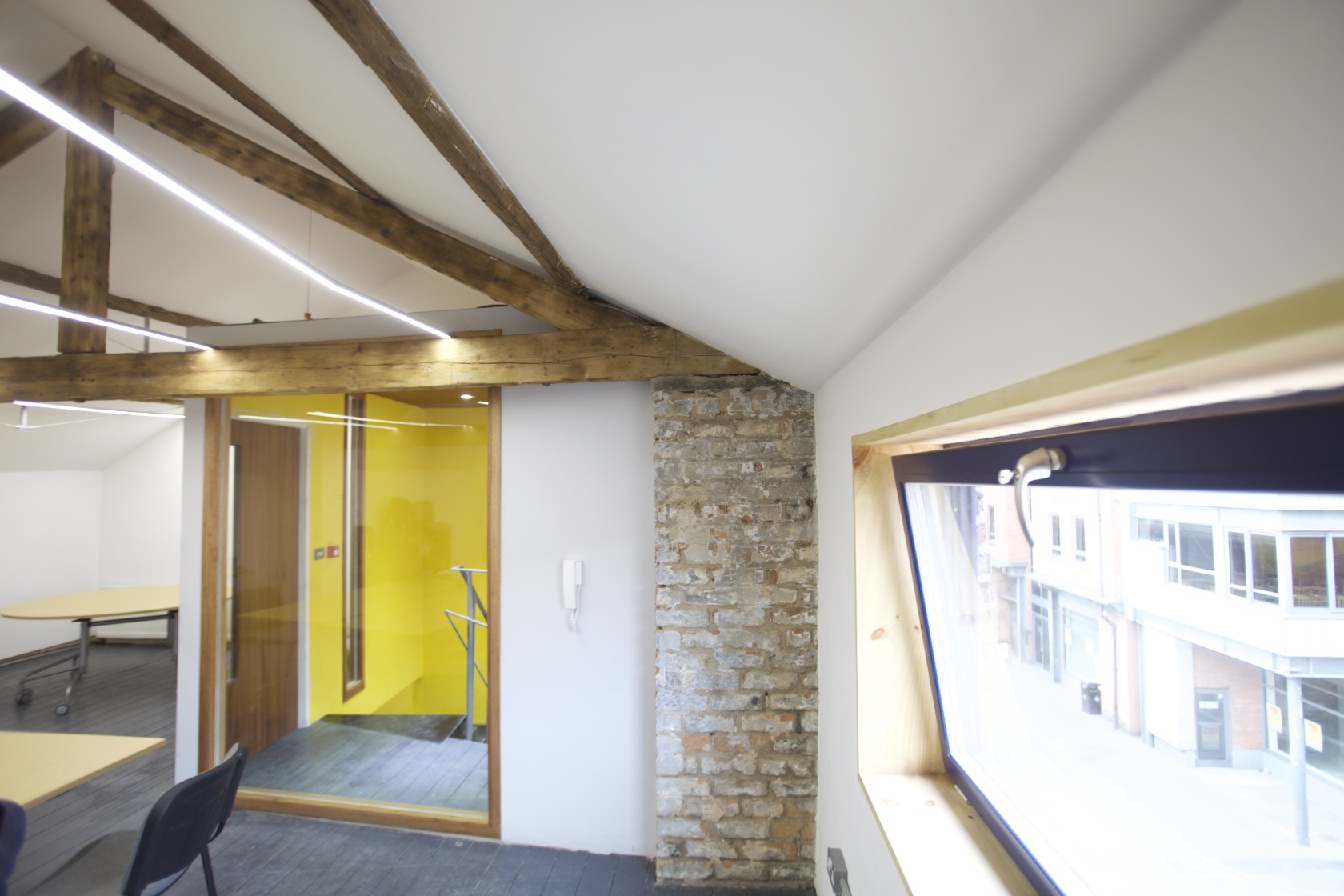
heating
Half of the energy in the average UK household is used on heating.
So there are 2 key reasons to complete insulation measures and demand reduction first:
- you don't want to buy a heating system that is 4 times bigger than you need
- there is not enough renewable or low carbon energy available in the timescale needed to service the current energy demand - we need to reduce it radically to make it work efficiently.
hot water
Another 15-20% of household bills are expended on on hot water.
This can be saved by changing how it is heated: by changing the boiler, heat source or by using renewables.
Usage can be reduced by fitting low flow spray taps. Kitchen and utility room taps should allow manual over-ride of low-flow through.
Retrofit flow-restrictors can be fitted to the pipes to existing hot water taps to reduce hot water consumption and therefore energy use. These are for sinks: to reduce the amount of hot water used, and not recommended for baths.
Fitting a new aerating spray head shower head can reduce the water flow and hot water demand, well designed ones can still create the feeling of higher flow heads.
Budget allowing, a waste water heat recovery system can reduce the amount of hot water used by preheating incoming cold water to a shower with heat from the outgoing water.
lighting
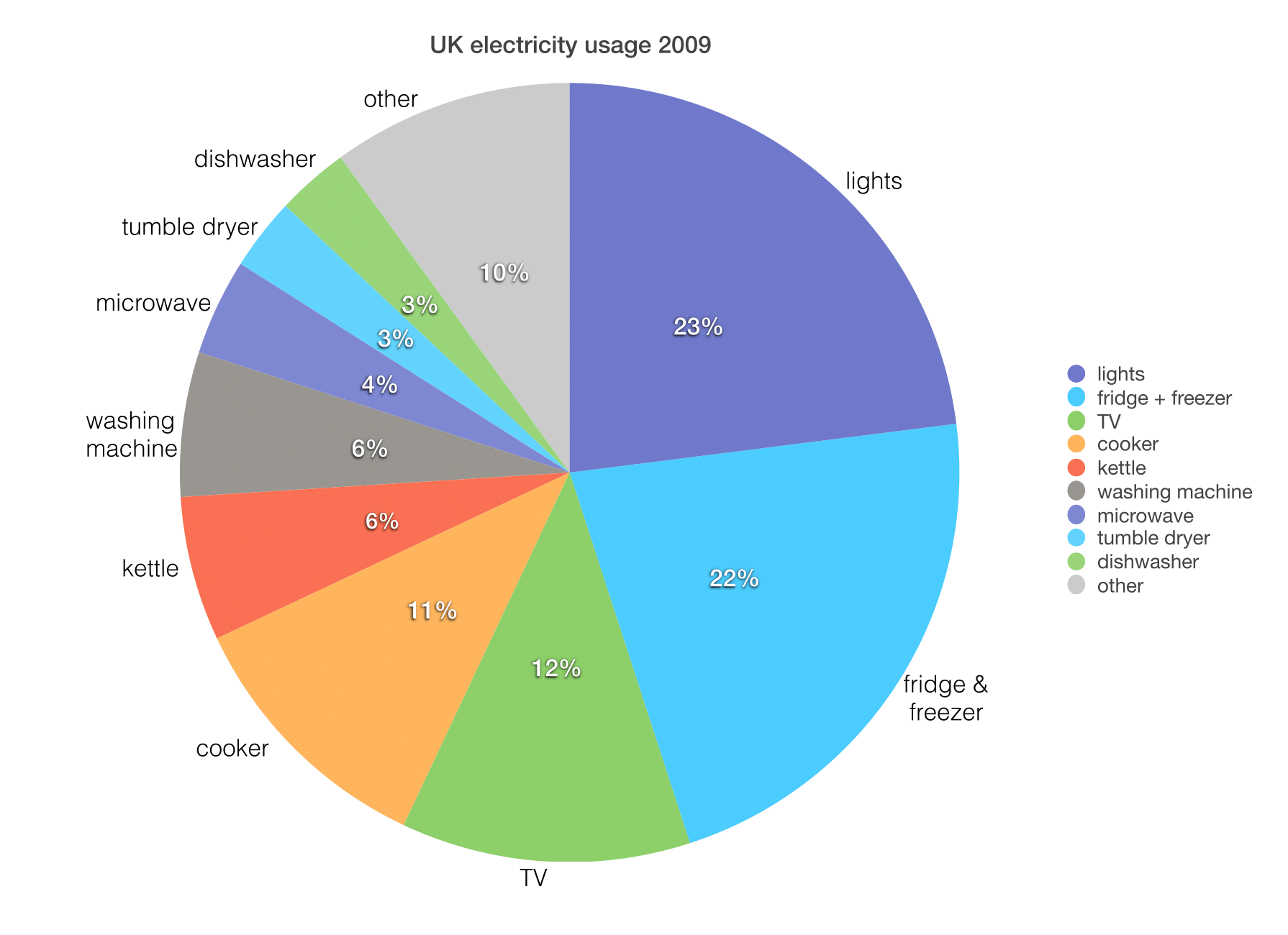
As the graph shows, the rest of the average energy used is on electricity, the biggest user of which is lighting.
We recommend the highest light output per watt of power used (Lumens/Watt). This is often LED technology, which has been improving rapidly, but compact fluorescents are still a very cost effective solution.
High Intensity Discharge lamps are very good if they need to be left on but their warm up and cool down times make them less suitable for domestic situations.
Spotlights and downlighters which use halogen bulbs are high energy users, they can be easily replaced with LED equivalents.
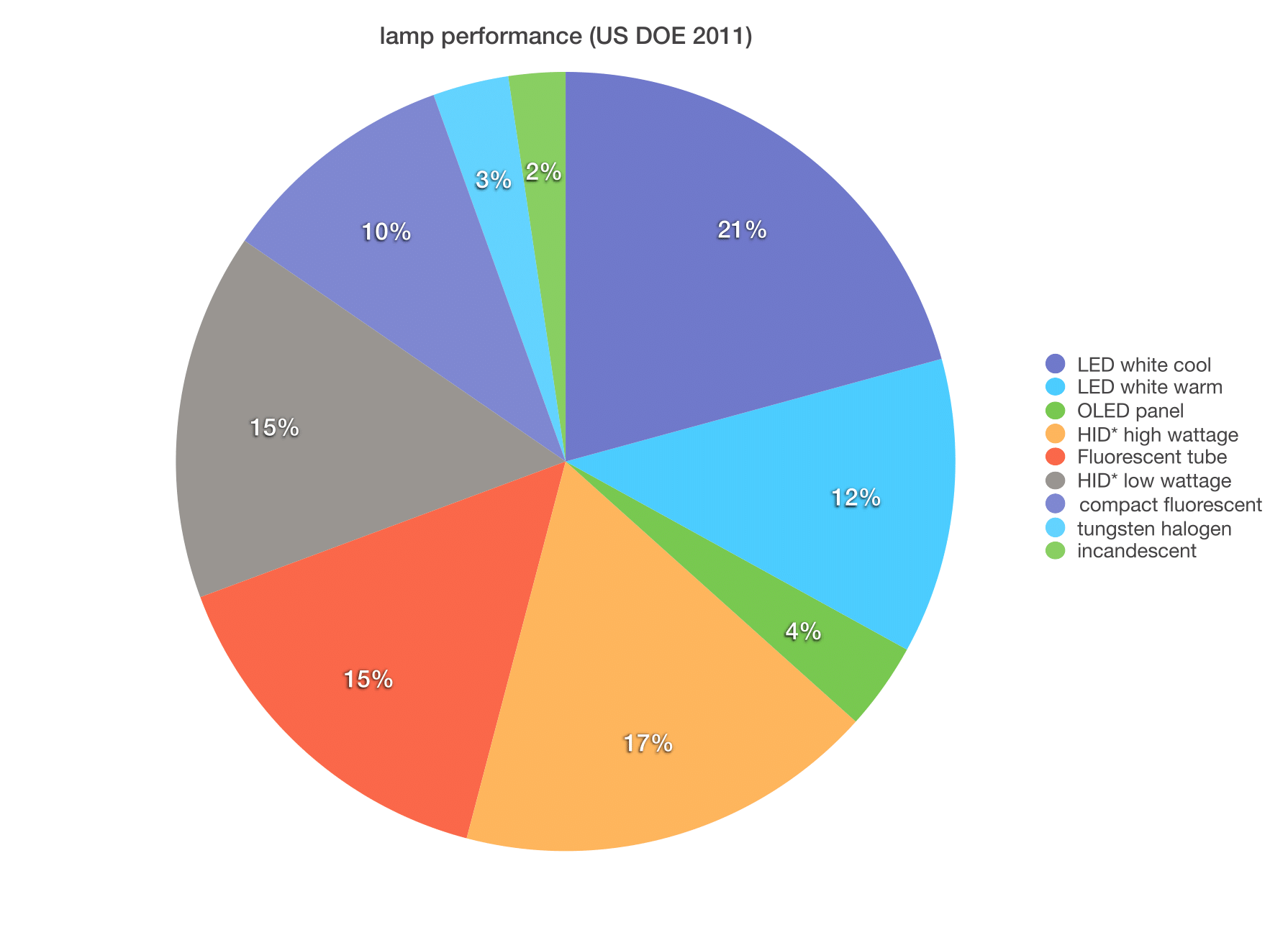
All old fashioned bulbs such as GLS or incandescent bulbs can be replaced with compact fluorescent bulbs or LED’s although in this form these are not yet quite as efficient.
At MadLab, we used LED strips fitted into aluminium channels which can either span between supports or become part of the ceiling. LED strips can be used for concealed or cabinet lighting too.
We also designed and built emergency lights in the shape of the MadLab logo, using science flasks, & LED bulbs.
fridge/freezer
Using about the same energy as the lights in the average house: demand from these can be reduced by making sure appliances are as efficient as you can afford.
Freezers are twice as efficient as they were at the turn of the century AAA/A++ appliances will cost around £25 per year to run for a full height fridge freezer emitting only about 80kgs of CO₂ per year
tv
Very few households now own just a TV and the other equipment that now form a typical line up in a house are almost always left on standby overnight (outside of Sky and TiVo boxes) - this is arguably unnecessary.
We recommend using peripherals like Display Energy Monitors so you can keep track of where the power is being used, in conjunction with devices such as remote control sockets or even master-switches that disconnect groups of sockets in a room at the flick of a switch or press of a button.
cooker
Cooking at 11% of energy use is quite a big area for reduction; while there are practices such as not heating large pans of water when only a small one is needed and using lids where possible there is also the heat source.
Gas has a lower carbon footprint per kilowatt hour of heat than electricity so efficient appliances that only put heat where it needed like induction hobs can be a way of saving on bills, but they are still expensive and the embodied energy can be a lot higher then cheaper hobs.
kettle
These should only be filled to the amount of water needed and repeated reboiling is worth avoiding too.
washing
Washing machines are up there with the kettle, using renewable energy for the hot water can make quite a difference either by having a switch that only turns the machine on when the sun if shining on PV’s or using solar thermal hot water and a cold feed.
Tumble dryers should simply be avoided: where possible clothes lines should be used, clothes can even be dried inside if the house is sufficiently well ventilated.


